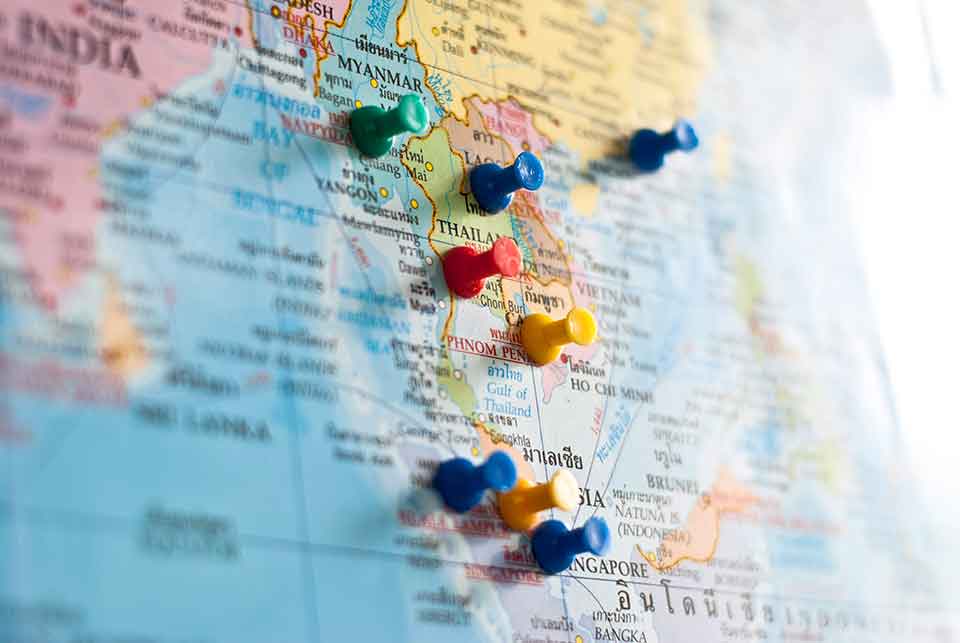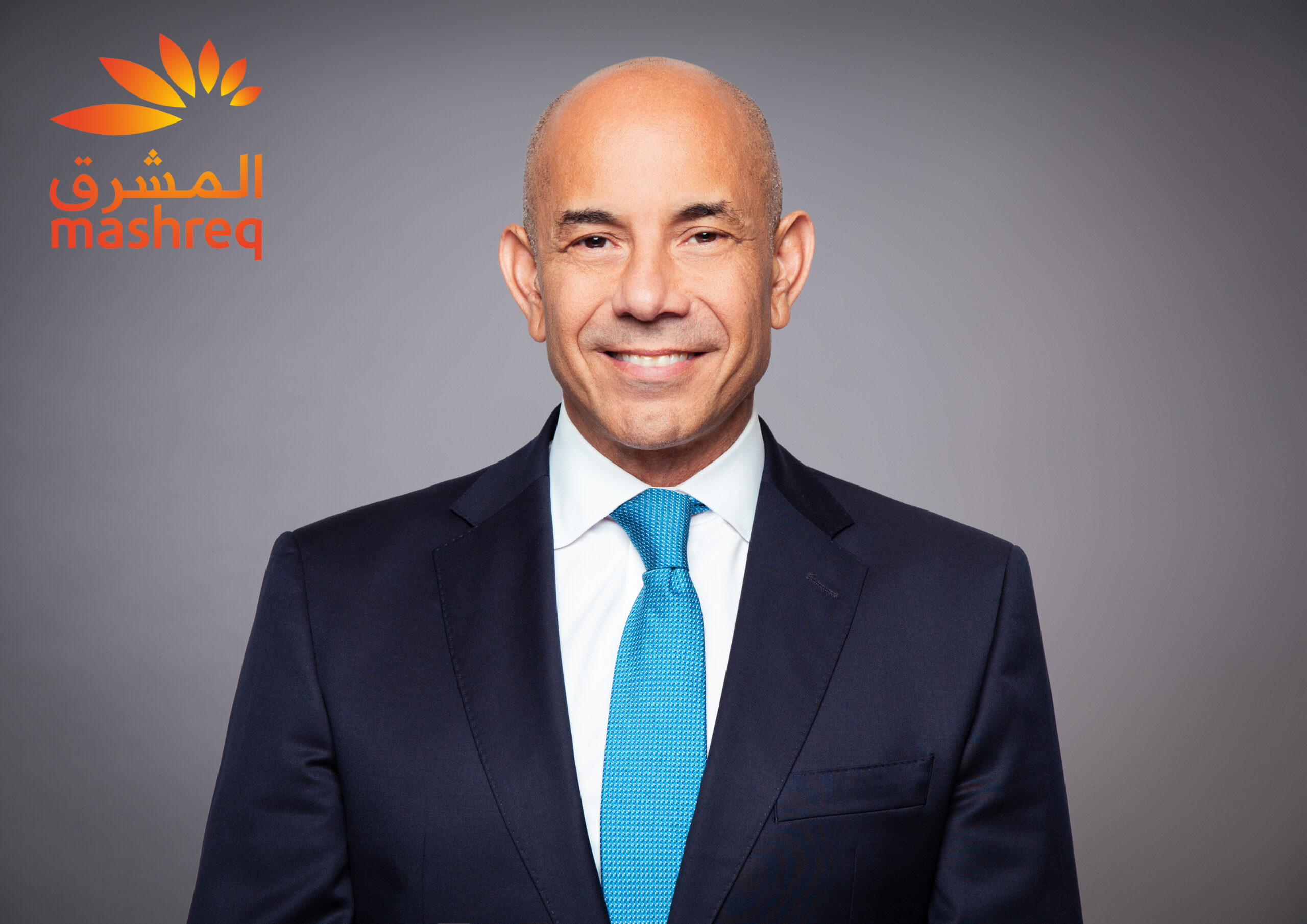There is an opportunity for the southeast Asian capital markets in 2022. To seize it, issuers and bankers must build upon sentiment that gathered last year and take advantage of the troubling environment for investors previously focused on China.
More bankers are observing a shift in investment flows from north Asia to south and southeast Asia, on both the debt and the equity side. Investing in China comes with problems, ranging from unpredictability of regulation to geopolitical tension and the impact of a troubled real estate-sector on the markets.
There has been a step-up in equity issuance in India, but let’s not forget southeast Asia, whose stock markets have tended to be labelled as illiquid and dull in recent years.
There were 41 IPOs in the region in 2021 worth $14.1 billion, compared with 21 worth $6.4 billion in 2020. Indonesia and Thailand, previously modest, accounted for 52.2% of southeast Asian equity issuance in 2021 and both were characterized by larger deals than are commonplace.
If they are the right deals for the right names at the right prices, southeast Asia has a chance to raise its voice among institutional capital
In Indonesia last year, the IPOs of Mitratel and Bukalapak raised $1.32 billion and $1.5 billion respectively, while the follow-on by Bank Rakyat Indonesia raised $2.7 billion.
Thailand saw three equity deals worth more than $1 billion – the Ngern Tid Lor and PTT Oil & Retail Business IPOs, and a follow-on for Siam Makro – while the IPO of Monde Nissin in the Philippines also topped the $1 billion mark.
All were dwarfed by the $4 billion Sea follow-on in Singapore, the most notable equity deal there in years.
Deal activity at such scale is usually more piecemeal than this.
We can argue about whether this activity had anything to do with a more bearish investor case for China or was just a buoyant market for capital raising in southeast Asia. But we can certainly conclude that there is money waiting to be deployed in Asia, and that countries such as Indonesia and Thailand have an opportunity to gain greater attention than has often previously been the case.
Bankers are positioning. According to Dealogic, each of Credit Suisse, UBS, Citi and JPMorgan did 10 or more deals worth more than $50 million on southeast Asian exchanges in 2021. Credit Suisse did 22, including at least one deal in all six leading markets. Bankers expect more of the same, driven by themes such as strategic reviews at companies, cross-border M&A activity, and – in Singapore anyway – special-purpose acquisition companies (Spacs).
The next question is what happens in high yield.
The Evergrande default and many smaller ones around it have raised serious questions about the capital-raising capabilities of mainland Chinese developers, who between them dominate the Asian high-yield markets. Some deals will still come from that sector because they have to, but we won’t see as much opportunistic financing from China.
There is plenty of money chasing yield that needs to be invested, and bankers report a lot of it waiting on the sidelines for other opportunities. One can see from the secondary markets that names in India and Indonesia are trading tight, and this is part of the reason.
Issuers
So, there is clearly an opportunity for issuers in south and southeast Asia to step in and raise funds, but do the right sorts of issuers exist?
India seems to be stepping up – deals for Shriram Transport Finance and India Clean Energy, both rated BB- by at least one agency, show that – but we are not yet seeing Indonesian high-yield issuers take advantage, or those from any other southeast Asian markets.
But that doesn’t mean those deals are not coming. Bankers say that they are running around seeking mandates now, with a view to issuance after companies have reported their full-year numbers, which suggests March or more likely April for an onslaught of new issuance.
If they are the right deals for the right names at the right prices, southeast Asia has a chance to raise its voice among institutional capital, in the hope that the managers of that money turn their heads.




